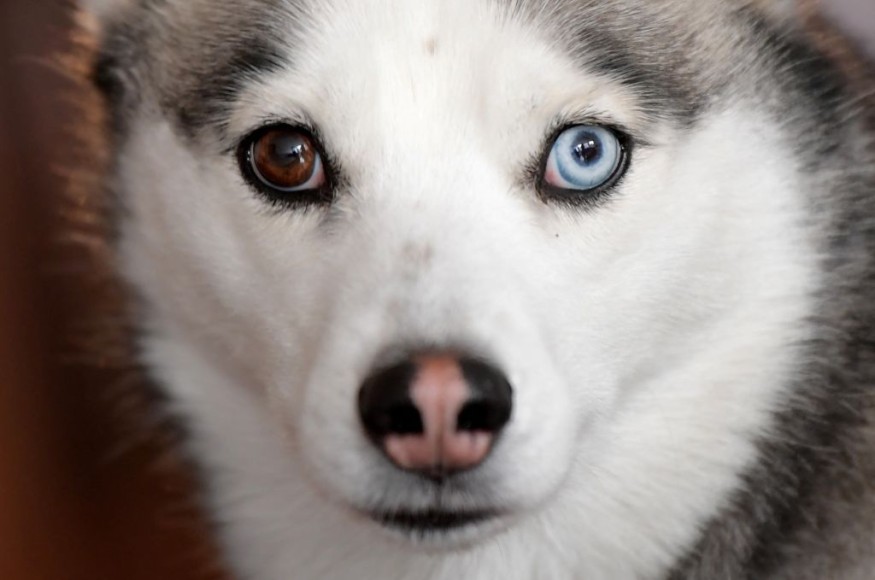
A study indicated that most dogs have eye color that is darker than closest wolf relative.
Experts said that a darker eye color has evolved due to domestication.
Comparative studies have shown that the eye morphology of primates has been shaped by a variety of selection pressures such as communication and environmental factors.
To comprehensively elucidate the complex links between ocular morphology and its evolutionary drive, attention should be paid to other phylogenetic groups.
Eye Color Patterns
In the study, researchers address a new question regarding the evolution of eye color patterns in the oldest domesticated animal, namely, the domestic dog (Canis familiaris).
They conducted an image analysis of dogs and their closest relatives, grey wolves (Canis lupus), to compare the colors of their irises, with the aim of assessing whether eye colors of dogs affect how humans perceived dogs.
They found out that the irises of dogs were significantly darker than those of wolves.
The scientists further discovered that facial images of dark-eyed dogs were perceived as more friendly and immature, potentially eliciting caregiving responses from humans.
''Our findings are consistent with our expectation that humans favor dark-eyed dogs over light-eyed ones and provide an updated hypothesis that dogs with dark eyes may have evolved by acquiring a facial trait that sends a non-threatening gaze signal to humans,'' the study indicated.
Dogs were domesticated from grey wolves at least 15 000-50 000 years ago, through both natural and artificial selection.
The eye color of domestic dogs appears to be darker than that of grey wolves. The study said that the eye color of both dogs and wolves is mainly determined by the iris color because most of the sclera is not exposed externally and their pupils are commonly dark.
The iris color of wolves is typically classified as yellow, whereas that of dogs can be described as dark brown or black.
A darker iris color is recommended in breeding programs for most pure-bred dogs.
The study had summarized the description of eye color in the breed standard such as the description of the characteristics of a hypothetical or ideal example of a breed and found that dark-colored eyes are recommended for 77 of the 82 primary breeds (93.90%) in the American Kennel Club and for 76 of the 82 breeds in the Kennel Club (92.68%).
Darker Eye Than Wolves
These qualitative data suggested that dogs have evolved darker eye (iris) colors than wolves.
However, there are no comparative studies on the eye color of dogs and wolves, especially in the context of image analysis.
The study also said that the facial images of dark-eyed dogs were perceived as more friendly and immature than those of light-eyed dogs and that the friendliness of the dogs facilitated acceptable attitudes toward them.
These results support our hypothesis that dark eye color in modern dogs may have been favored by artificial selection during domestication from wolves to dogs and suggest that dogs with dark-colored eyes may have evolutionarily adapted by acquiring a facial trait that sends a non-threatening gaze signal to humans as discussed below.
The image analysis revealed that the iris color of dogs was significantly darker and reddish than that of wolves. This result is the first empirical data supporting the qualitative documentation that the "dark-brown" eyes of dogs differ from the "yellow" eyes of wolves.
In addition, these data are consistent with the breed standards provided by the Kennel Club and the American Kennel Club that recommend darker eye colours over lighter ones in most pure-bred dogs.
Related Article : Wolves Communicate with their Eyes?
© 2025 NatureWorldNews.com All rights reserved. Do not reproduce without permission.





